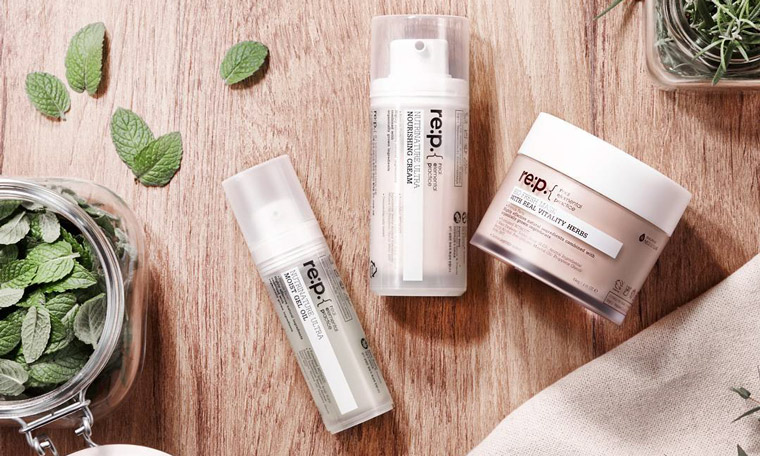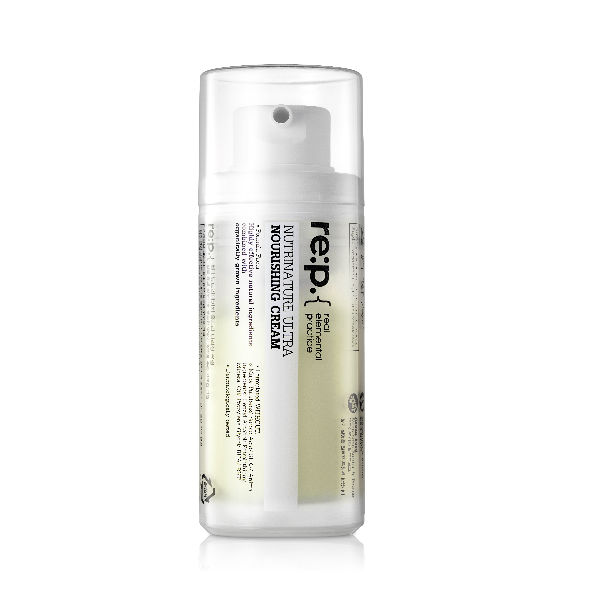What are the rosehip oil skin benefits? Since it’s really easy to become overwhelmed when searching for a new product, Ingredient Spotlight is here to break down the basics. Here we’ll teach you how an ingredient works and leave you with product recommendations to help you with your search.
About five years ago, back when my skin leaned oily and was prone to acne, I was absolutely terrified of experimenting with oils. After doing some research—and seeing so many people who had gorgeous skin and swore by their oil regimen—I decided to dip my toes into the proverbial waters. My first oil of choice? Rosehip, naturally. I instantly fell in love with the way it made my skin feel and look, and it’s been a part of my skin care regimen ever since. Whether you’re on a similar path or simply want to learn more about the rosehip oil skin benefits, you’re in luck!
What is rosehip oil?
Rosehip oil is extracted from wild Chilean rosebush seeds. There are three primary ways in which this is done, and you’ll typically see the method advertised somewhere on the product packaging. Those methods include the following:
Chemical-based extraction: This method is considered subpar and involves placing rosehip seeds into a chemical solvent that extracts the oil. Unfortunately, solvents are left behind and can compromise the integrity of the oil.
Cold-pressing: This traditional method of extraction is the most common, and is often considered the purist. Many rosehip oils created this way are labeled as 100% organic. The downside is that it does have a short shelf life of six months. The solution is to buy small quantities, and keep it in a cold, dark place (such as your fridge).
CO2 supercritical extraction: This is considered the superior method of rosehip oil extraction, as it doesn’t leave behind any solvents and maintains the integrity of the plant’s nourishing properties. It also has the longest shelf life at two years. In this method, rosehip seeds are combined with liquid CO2 in a pressurized chamber. The pressure and liquid C02 extracts the oil, and the CO2 converts into a gas to leave only the oil behind. Because this method is somewhat intricate and not widespread, it’s difficult to find it, and when you do, it will probably be expensive.
The skincare benefits of rosehip oil:
To answer to this question, we reached out to Debra Jaliman, a board-certified dermatologist based in New York City.
“Rosehip oil has vitamins, minerals and antioxidants which are good for dark spots and dry skin,” she says. “It protects the skin and increases cell turnover, and helps fight free radicals that cause dark spots and sun damage.”
The combination of fatty acids (including oleic, palmitic, linoleic, and linolenic) and vitamin A in rosehip oil “can help improve skin texture and pigmentation,” she adds. For that reason, many people use it to create a more even complexion, and it can even reduce the appearance of scars and burns.
Because rosehip oil is so hydrating, it can also make the skin appear instantly plumper and reduce fine lines, and consistent usage can also increase the skin’s elasticity. You’ll notice the hydration effects immediately, and Jaliman says that within a few weeks of regular usage you’ll see a difference in your skin’s texture and pigmentation.
Another awesome thing about rosehip oil is that it’s only rated one on the comedogenic scale, which means that many skin types—including sensitive skin—can benefit from it without experiencing adverse reactions.
How to apply rosehip oil to your skin:
Rosehip oil is a dry oil, which means it absorbs quickly into the skin without leaving behind an oily residue. For that reason, you don’t need to wipe it off like you would with a cleansing oil.
To use pure rosehip oil, add a couple drops to your moisturizer and apply the mixture to washed, toned skin. Alternatively, apply it after directly after your moisturizer while it’s still wet. You’ll want to adjust the amount of oil used depending on the dryness of your skin. Very dry skin does well with about five drops, normal skin should use three, and oily skin only needs one or two drops.
If you have pure rosehip oil that’s not already infused in another product, you can also use it in other ways. It makes for an awesome cuticle hydrator, can add shine to the ends of your hair (a little goes a long way), and can even tame brows. Another option is to add a drop or two to your Beautyblender, or onto your face, and then apply foundation. This creates a dewy, super hydrated effect and nixes any dry skin!
Product Recommendations:
The RE:P Nutrinature Ultra Nourishing Cream is a highly moisturizing cream that combines rosehip oil with shea butter, olive oil, jojoba oil and argan seed oil, and is highly recommend for dry skin types. And a cult favorite rosehip oil is the Herbivore Phoenix Facial Oil, which combines rosehip, sea buckthorn oil, and neroli oil for serious hydration and calming benefits.



